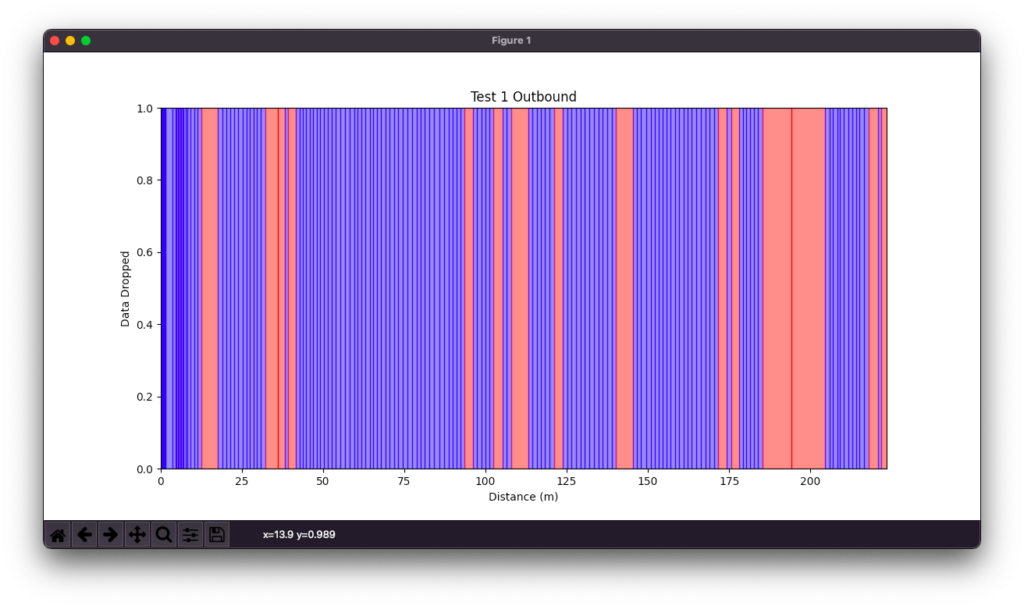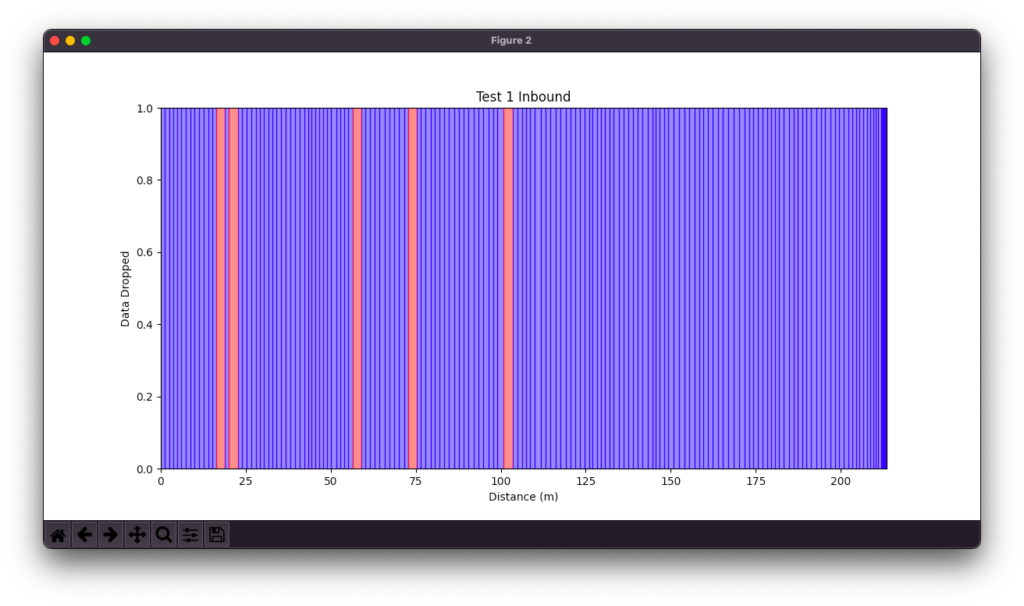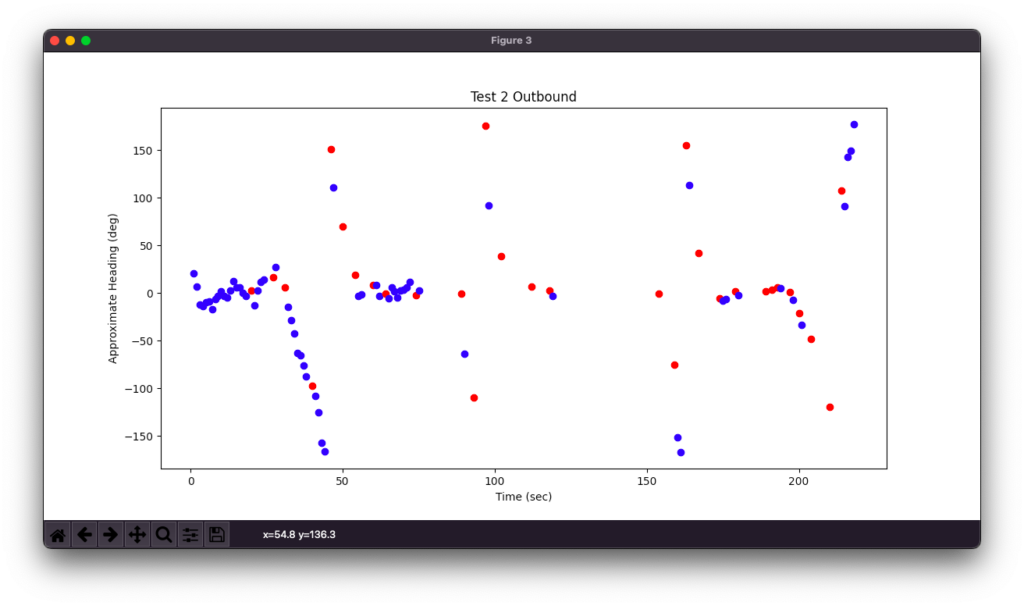The JDY-41 is a wireless transceiver module with some improvements over the similar JDY-40 which in highlighted in the post, Simple Wireless Serial Communication. The JDY-41 claims a range of 160 meters. I did a basic wireless range test to verify the claimed range of the JDY-41.
I purchased a few JDY-41 modules here (AliExpress affiliate link). I purchased two onboard and two external antenna types along with two external antennas for under $7. For this test I only used the onboard antenna type.
Overall Conclusion
In the end, I found the JDY-41 held up well to it’s claim. I was able to receive data beyond the claimed 160 meters at up to 220 meters with minimal data drops. I did not test beyond 220 meters.
The PCB antenna appears to have some directional dependence, meaning that the signal strength depends on what direction the antenna is pointed. The signal will be greatest when the PCB antennas are pointed at each other. Based on some additional testing shown below, my guess is that the PCB antenna pattern looks something like this.

Range Test 1
For this test, a stationary JDY-41 module was placed on the top of my vehicle in the parking lot. A second JDY-41 module was hooked up to a GPS such that the mobile unit was transmitting GPS data to the stationary unit. The PCB antennas were aimed toward each other throughout the test regardless of the direction of travel. Then I walked eastward with the mobile JDY-41 & GPS about 220 meters and then back again. Each data point received is shown on the map in red.


The plot below shows successful data transfer vs. distance between sensors. The blue regions show where data was successfully transferred and the red regions show where data was lost. The outbound path had significant data loss (red regions), likely due in part to interference from the chainlink fence around the tennis courts.

Performance was better while walking the return path. The antenna orientation was the same as it was on the outbound path, so the better performance is likely due to walking farther away from the chainlink fence.

My takeaway from this test is that the JDY-41 can achieve good performance at even greater ranges than the 160 meters where there is clear line of sight and no signal interference.
Range Test 2
In this tests the mobile JDY-41 antenna was always facing the direction of travel. So on the outbound path, the mobile antenna was facing directly away from the stationary antenna. I also walked circles in an attempt to demonstrate performance at different antenna angles. The data is not conclusive, but definitely shows that there is angular dependence on the antenna gain.

A lot more data was dropped during this test, even while walking directly away from the stationary antenna. This seems to indicate that the gain is significantly lower at 180 degrees vs 0 degrees.
The following plot shows the approximate antenna heading (relative to stationary antenna) vs. data received. The red dots indicate that data was received after one or more data drops. The blue dots are normal data transfers. There are four areas where I walked in a circle with the mobile module. The pattern of dropped data suggests that there is a strong null around +/-100 degrees and also that the gain is less at 180 degrees.

The takeaway from the second test is that the PCB antenna has significantly higher gain in one direction than in others and a rough antenna pattern can be inferred.
